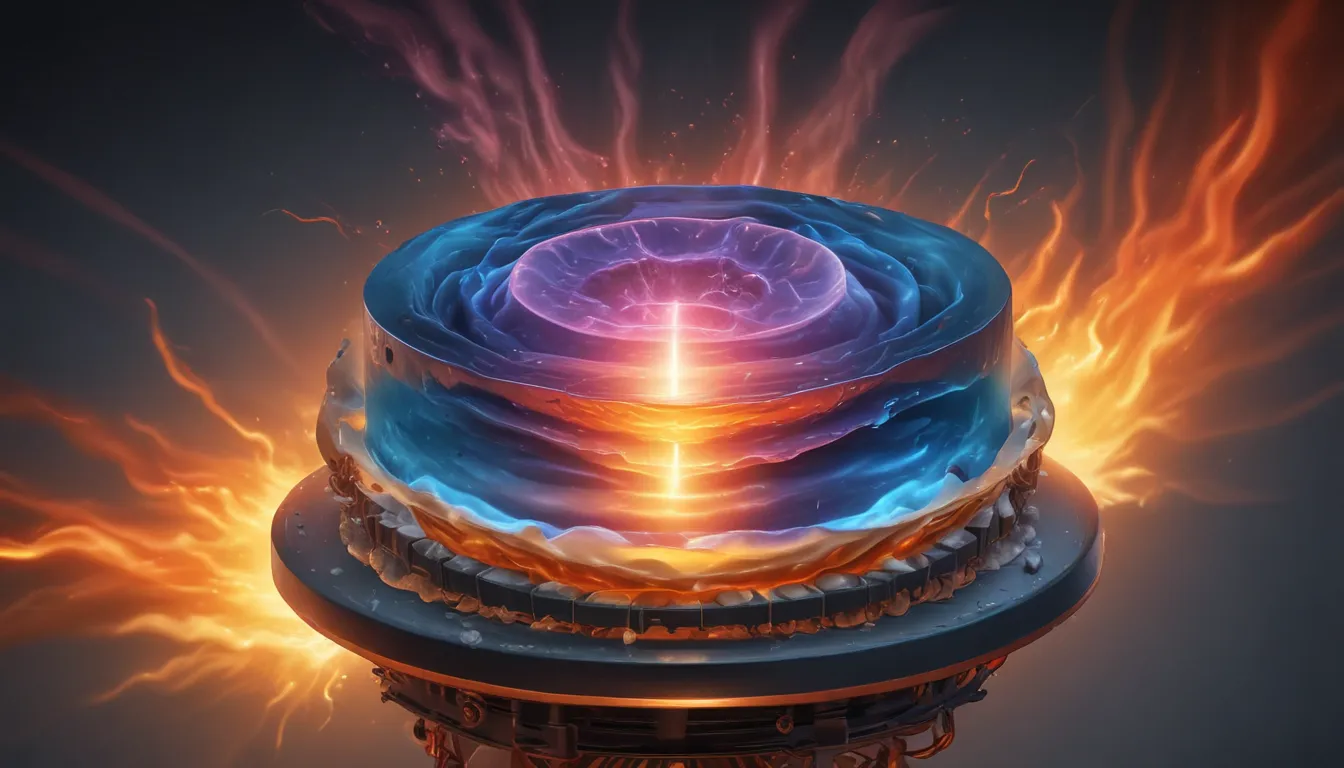A Note About Images: The images used in our articles are for illustration purposes only and may not exactly match the content. They are meant to engage readers, but the text should be relied upon for accurate information.
High-temperature superconductivity is a captivating field of study that has captivated scientists and researchers in the realm of physics and materials science. Superconductivity, the ability of materials to conduct electricity without resistance, has been a subject of fascination for decades. However, what sets high-temperature superconductivity apart is its occurrence at temperatures above the boiling point of liquid nitrogen, making it more accessible and practical for various applications.
In this article, we embark on a journey through the astonishing facts surrounding high-temperature superconductivity. From its groundbreaking discovery to its potential applications and the challenges faced by scientists, we will delve into the world of superconductivity that holds the promise of revolutionizing industries and technologies. Join us as we uncover the wonders of high-temperature superconductivity and explore the possibilities that lie ahead.
Unveiling High-Temperature Superconductivity: A Closer Look
- High-temperature superconductivity allows materials to conduct electricity without resistance, paving the way for energy-efficient devices and power transmission innovations.
- Discovered in 1986 by IBM researchers Karl Müller and Johannes Bednorz, high-temperature superconductivity ushered in a new era of exploration and research in the field of condensed matter physics.
- While the exact mechanism behind high-temperature superconductivity remains a scientific challenge, ongoing research and interdisciplinary collaborations are shedding light on this phenomenon.
Exploring the Mysteries of High-Temperature Superconductors
The World of High-Temperature Superconductors
- High-temperature superconductors can achieve superconductivity at temperatures higher than conventional superconductors, offering new possibilities in various applications.
- These materials can be made from different compounds, including cuprates, iron-based compounds, and fullerenes, each with unique properties and potential uses in different fields.
Potential Applications and Impact
- High-temperature superconductors have the potential to revolutionize power transmission by reducing energy losses and enabling the development of more efficient electrical devices.
- The properties of high-temperature superconductors make them ideal for applications in quantum computing, particle accelerators, and renewable energy storage, driving interdisciplinary collaborations and research advancements.
The Future of High-Temperature Superconductivity
- The search for even higher critical temperatures in superconducting materials continues to be a focus of active research, with scientists exploring new materials and experimental techniques.
- High-temperature superconductivity holds the promise of enabling energy-efficient electrical devices, advanced particle accelerators, and efficient long-distance transmission of renewable energy sources.
Conclusion: A Bright Future Ahead
High-temperature superconductivity presents a world of possibilities for revolutionizing technologies and industries. From its discovery to its potential applications, these materials offer tantalizing opportunities for innovation and progress. As researchers continue to unravel the mysteries of high-temperature superconductivity, we can look forward to a future shaped by efficient power transmission systems, cutting-edge computing technologies, and transformative advancements in various fields.
FAQs: Answering Your Questions
-
What is high-temperature superconductivity?
High-temperature superconductivity refers to the ability of certain materials to conduct electricity with zero resistance at temperatures significantly higher than traditional superconductors. -
How are high-temperature superconductors different from conventional superconductors?
High-temperature superconductors can maintain superconductivity at relatively higher temperatures, making them more practical for various applications compared to conventional superconductors. -
How were high-temperature superconductors discovered?
High-temperature superconductors were discovered through a serendipitous accident in the late 1980s, leading to the exploration of materials that exhibit superconductivity at higher temperatures. -
What are some potential applications of high-temperature superconductors?
High-temperature superconductors have the potential to revolutionize power transmission, energy storage, medical imaging, and electronics, among other applications. -
What challenges are involved in working with high-temperature superconductors?
One major challenge is the complex nature of these materials, requiring advanced techniques to understand and control their properties. Additionally, the cost of production and integration into practical applications remains a hurdle. -
Are there current real-world applications of high-temperature superconductivity?
While still in the research stage, high-temperature superconductivity has practical applications in high-field magnets, power transmission wires, and magnetic levitation systems.
Embark on an Exciting Journey of Discovery
High-temperature superconductivity continues to captivate researchers and enthusiasts alike with its remarkable properties and potential applications. As we delve deeper into this fascinating field, we uncover the secrets of superconductors and their transformative impact on the world around us. Join us on this journey of exploration and discovery as we unravel the mysteries of high-temperature superconductivity and pave the way for a brighter and more efficient future.






